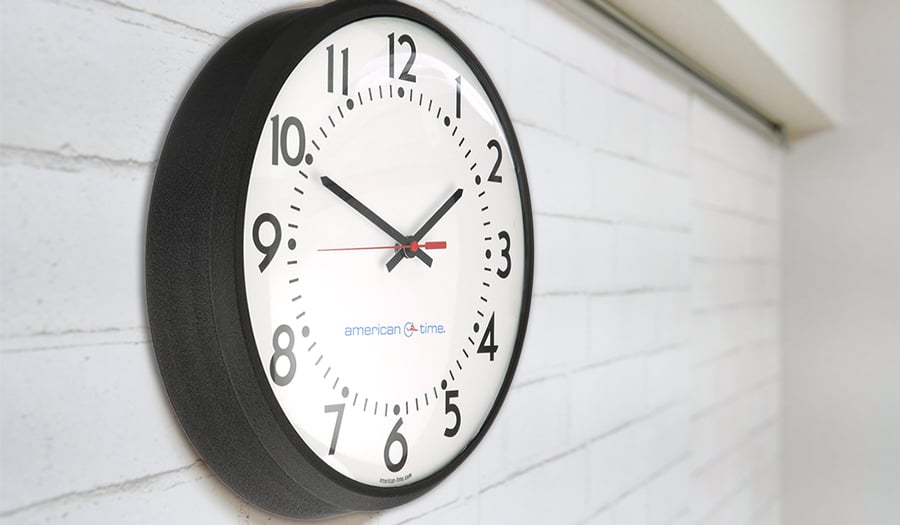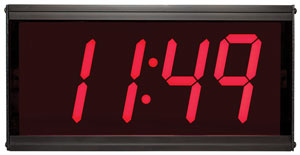Setting up your WI-fi and Power over ethernet (poe) network clocks is easier than ever!
The American Time Network Clock Setup App for Android users is now available. This new app allows you to configure, provision and activate American Time network clocks (Wi-Fi and PoE) without being tied to a desktop or laptop computer.
Easy-to-use functionality allows users to:
- Scan clock QR codes on the back of either Wi-Fi or PoE clocks to easily name them
- Create clock configurations with network, time zone, and security settings
- Provision clocks with configuration settings individually or in bulk, saving time
- For inCloud subscribers, you can activate Wi-Fi and PoE clocks on the inCloud portal easily









